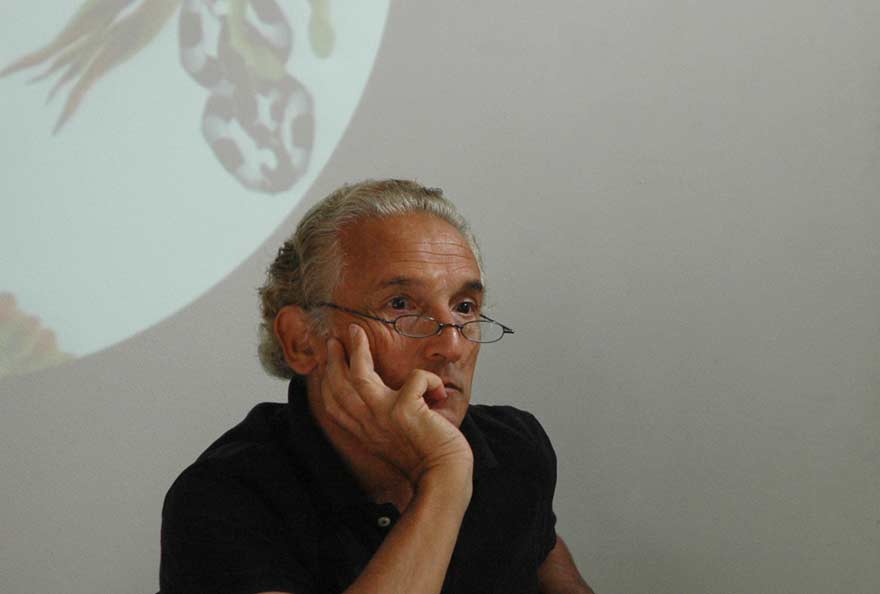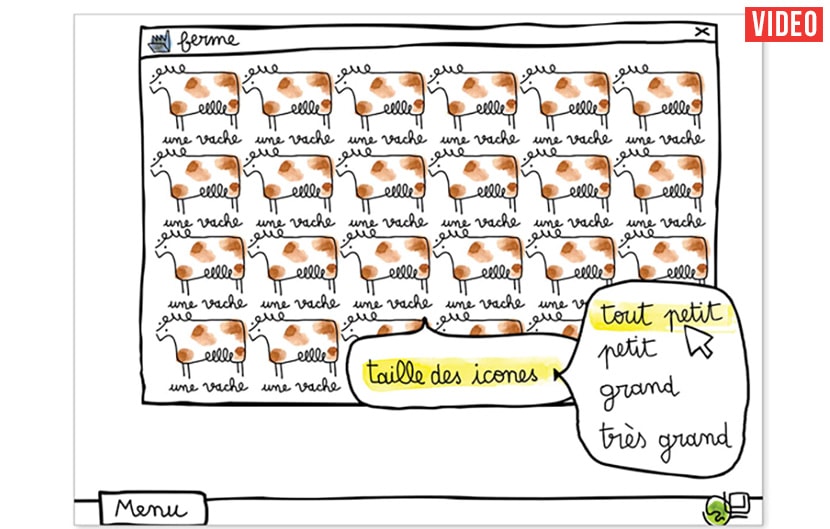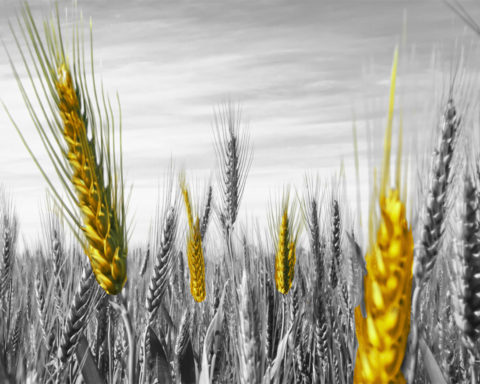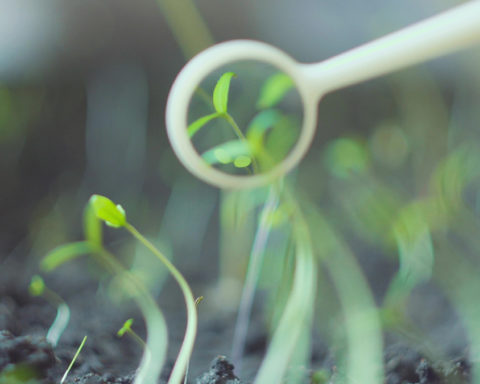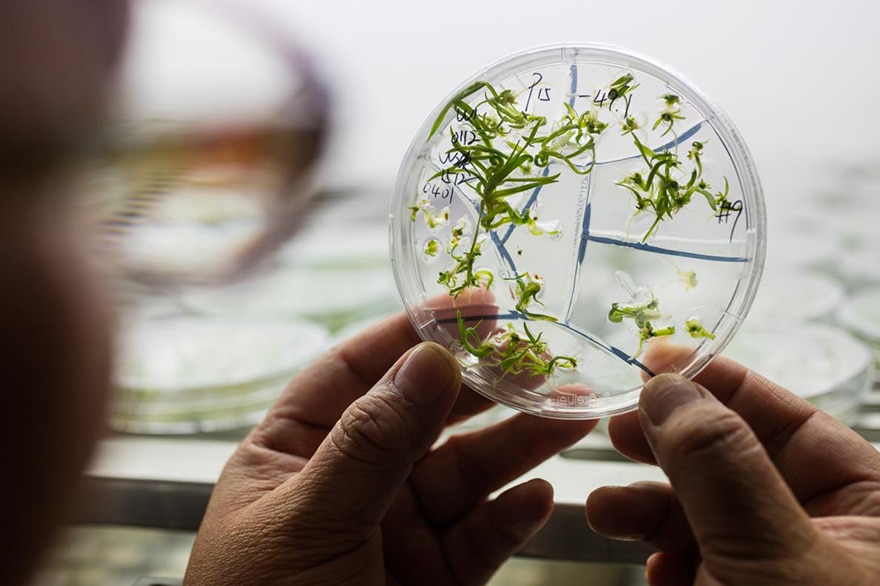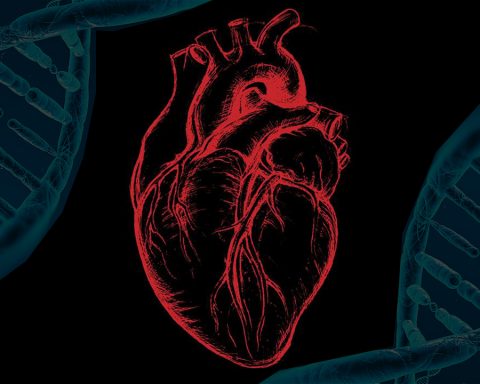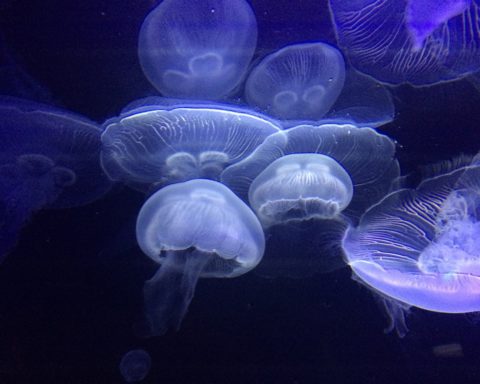What is the future of life in a technical universe? At the VITA NOVA event on September 18 and 19 in Paris, the philosopher Miguel Benasayag traced the subtle and vital path of bringing together artifacts and bodies. For a "conversation" of beings and things.
Sf you had to attend a philosophy lesson, you would expect to receive it in a poorly heated amphitheatre, half full (or half empty) of academics and students, whose presence is contractually obligatory. Yet it was in the midst of the exhibition Archipel du vivant, held last weekend in a gallery on the Viaduc des Arts, in the 12th arrondissement of Paris, that Miguel Benasayag's intervention took place in the context of the meetings Vita Nova.
This artistic framework might surprise you. But according to the philosopher and psychoanalyst himself, art is a way to understand the unthinkable and to envisage the world of tomorrow. The world of new possibilities, where the living will henceforth be artificial, out of laboratories or industries. That of a programmed ecosystem and a hybridised nature; the world promised by synthetic biology.
Speech by Miguel Benasayag at the exhibition Vita Nova - Living Festival - 18 and 19 September 2015
These promises of an ever more prehensible life are part of a wider context. In the digital age, Man has indeed begun his third historical break, after the emergence of language and then of writing. Thus, the experience of an individual is more and more transmitted to him, and no longer lived. The body has never seemed so obsolete in the face of spoken, written and digitalized "real life". Here we find Plato's idea of the body as a simulacrum, to the point of asking the question: would Man be tempted to free himself from bodies? To put an end to finitude? Unless the materiality of bodies remains essential? Wouldn't (Com)taking the living be a way to improve ourselves?
Miguel Benasayag proposes to explore this perspective. If hybridization has already begun, then let us not reject it but find the vital meaning it can open. What he advocates is a hybridization that "realizes the potential of nature instead of restricting it". In short, a hybridization that opposes the dominant current of the "all possible" and which, on the contrary, knows how to set limits.
Indeed, to conceive of hybridization is to create relationships between the artifact and the organism. The artefact is the artificial, fixed and modelable object, whose flaws are only faults to be filled; each piece is interchangeable (in Kantian terms, it is an extensive size). The organism, living, dynamic, sees its existence inscribed in a perpetual becoming. Unlike the artifact, it is defined by its flaws; its vulnerability pushes it to evolve, inscribing it in a history.
This intensive, subtle relationship of the living still eludes us; it clashes with our models and predictions. This is why computational synthesis is still in its infancy, or why the five-year plans imposed in the USSR were human disasters. "When power takes life as its object, life itself becomes resistance," Michel Foucault warned us.
The effects of this artifactual hybridization are already being felt. The use of GPS can lead to atrophy of the hippocampus, and thus of spatial memory; users of quantified selfs, which consist of collecting body data to improve lifestyle, see a disturbance in their homeostasis (a system's ability to maintain its operating balance despite external constraints). We have delegated our natural functions to gadgets without realizing the effects of this sensory deprivation and the brain consequences. Technology not only changes our habits, it also changes our anatomy.
According to Miguel Benasayag, the limits that should be imposed on ourselves would be, according to Benasayag, "red lights"; not "walls", impassable by fear or dogmatism, but safeguards that would give us time to observe and understand the impacts of innovations on our physiologies. It is a question of organicising our technical environments, i.e. of revealing the relationships between things, of truly taking them into account. To get out of a lego approach where each part is seen as independent. No, the program does not overlook life. This is an invitation to innovate in a different way, inspired by the principle of the co-evolution of the living. From then on, constraints become assets. They give form and meaning to creation. "The only increase that can be sustained is through knowledge of the limits that protect the living," warns Miguel Benasayag. This is where the role of the philosopher lies; it is not a question of judging, but of preventing. We have been warned.
Nam Phan van Song ©Living Festival - September 2015 for UP' Magazine
Photo ©Guillaume Benne - www.impression-humaniste.fr - For Festival vivant / Vita Nova - September 2015
Login
0 Comments
Inline Feedbacks
View all comments

